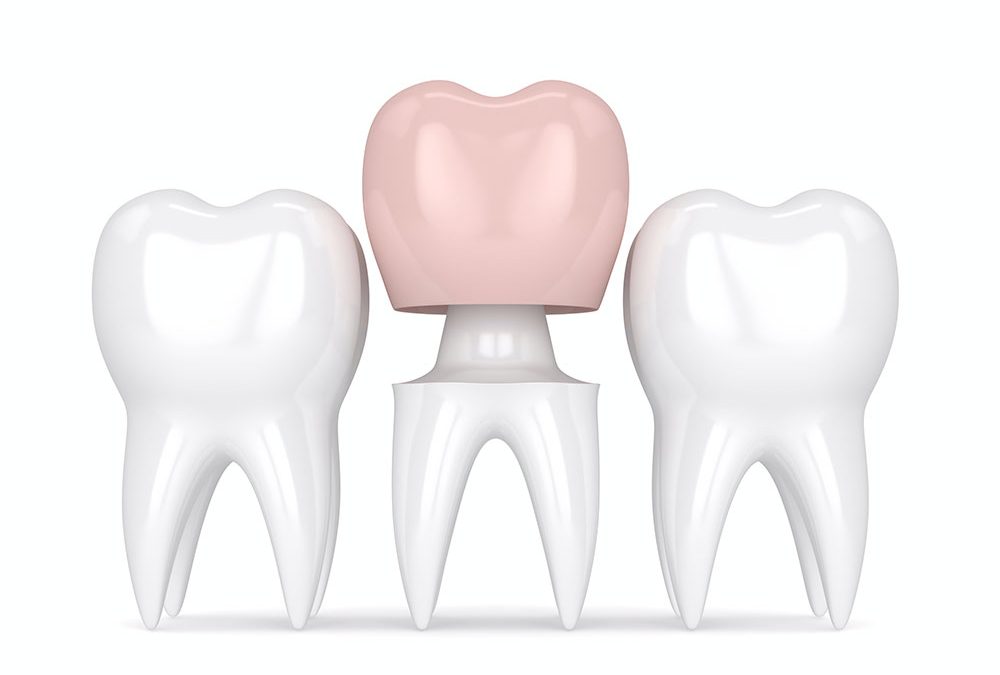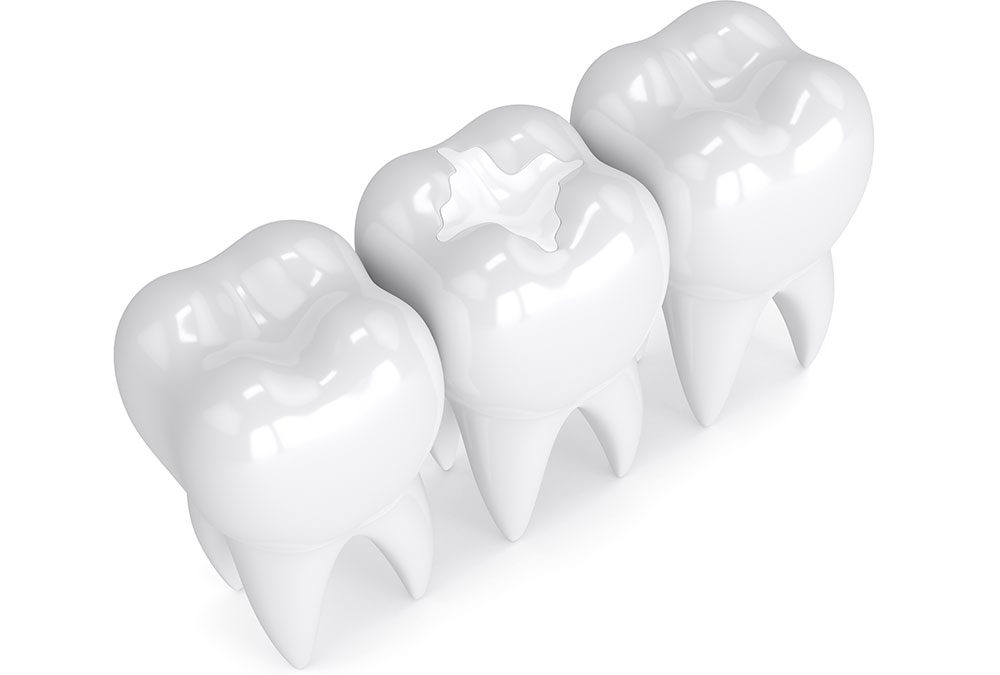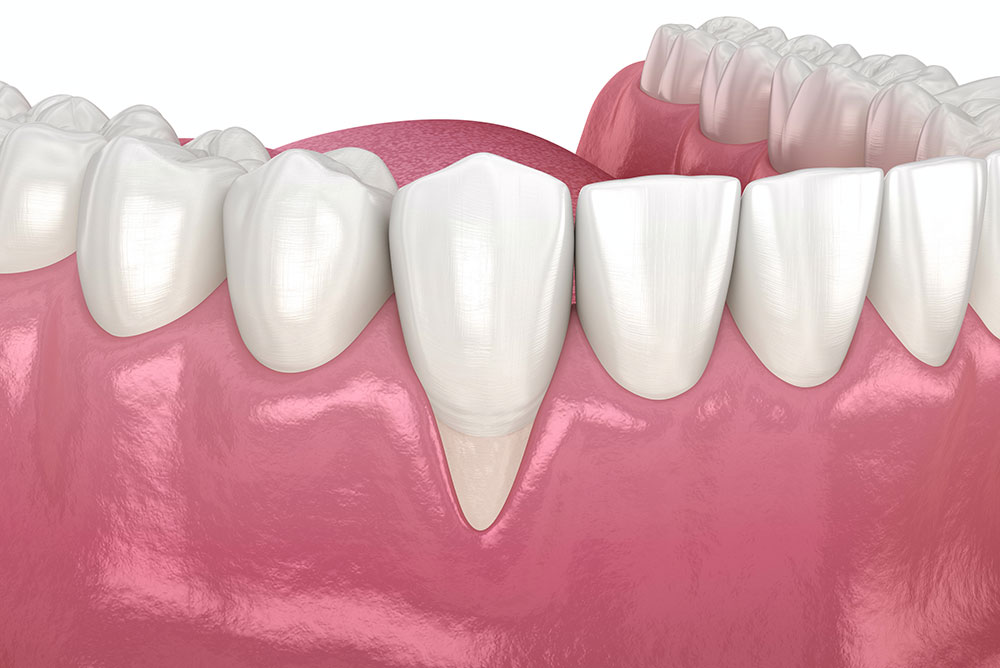
Should You Consider Dental Veneers For Your Smile?
Confidence may be increased by just smiling more! It boosts a person’s charisma and self-assurance.
What Are Dental Veneers?
Dental veneers are thin, custom-made shells made of material that matches the colour of your teeth. They are put on the front of your teeth to make them look better and change their colour and shape. They are a conservative way to fix the look of teeth that are discoloured, broken, or pitted.
They can be put on either the front or the back teeth. Nowadays, dental veneers are among the most sought-after methods of improving the appearance of one’s teeth. The front surfaces of teeth are covered with these custom-made, thin shells of tooth-coloured materials.
Dental veneers are a versatile treatment option for many dental imperfections, including but not limited to discolouration, stains, chips, cracks, and malformed teeth.
Dental veneers are usually made of porcelain or composite resin. Snap-on is another option; it’s a cheaper dental veneer than the other two options.
When Are Dental Veneers Used?
- Yellowed teeth that can’t be whitened with bleaching;
- Small cavities;
- Pitted, chipped, or broken teeth;
- Large spaces between the upper front teeth;
- Uneven spaces between the teeth;
- Oddly shaped teeth;
- Small teeth.
They are best for people who care for their teeth and practise good dental hygiene.
Advantages of Dental Veneers
Dental veneers may improve your smile’s appearance by covering flaws and making your teeth seem whiter and straighter. They may hide imperfections in your teeth’s appearance, such as stains and discolourations.
Porcelain veneers can be long-lasting and, with appropriate maintenance, may endure for ten to fifteen years or more. Dental veneers made of composite materials are less durable than porcelain ones but have a reasonable lifespan.
Dental enamel should only be slightly reduced in thickness to accommodate the veneer. Unlike other dental procedures like crowns or braces, the original tooth structure is kept intact as much as possible.
Porcelain veneers resist stains from coffee, tea, and other foods and drinks that may discolour natural teeth. With the appropriate maintenance, your dental veneers will retain their pristine whiteness for years.
Veneers are like natural teeth in size, shape, and shade.
Dental veneers are low-maintenance, requiring routine care like brushing, flossing, and dental exams. They should be treated like regular teeth other than when biting down on hard things.
Dental veneers may improve your smile and self-esteem, allowing you to show off your teeth proudly. Your grin will show in your interactions with others if you’re proud of your grin.
Dental Veneer Process
Scheduling a consultation with your dentist is the first step in determining whether dental veneers can improve your smile. Your dentist will talk you through the procedure and address any concerns you have during this visit.
Your dentist will remove a minimal layer of enamel from the front of your teeth to apply the veneers because of the importance of a good fit and natural appearance before veneers are applied. Then, your dentist will mould your teeth to fabricate the veneers.
In certain circumstances, while your permanent dental veneers are being fabricated, your dentist may use temporary veneers to cover your teeth temporarily. In the meantime, your teeth will be well-protected. They will continue to look great in preparation for the permanent veneers.
Dental veneers are thin shells of porcelain custom-made to fit over your teeth and glued to them using dental cement. After your dental veneers are prepared, your dentist permanently attaches them to your teeth. They’ll ensure the dental veneers fit correctly and look well next to your natural teeth.
Once your veneers are set, you must return to the dentist for a checkup to ensure they’ve adequately healed and performed as expected. You may need to return for follow-up appointments to check on the health of the veneers at regular intervals.
How Dental Veneers Improve Your Teeth’s Appearance
Colour: Veneers make your teeth look whiter and more uniform in colour.
Size: Veneers make your teeth’s shape more uniform.
Alignment: If your teeth are slightly out of place, veneers can make the alignment of your teeth more consistent.
Type of Dental Veneers available are:
Porcelain Veneers
It consists of thin bonding thin ceramic laminates onto the front surface of affected teeth.
Composite Resin Veneers
It is made from tooth-coloured filling material bonded to the teeth.
Lumineers
Lumineers is a porcelain veneer brand accustomed to correcting dental deformities like gaps and cracks. Traditional veneers require that some natural tooth structures be removed due to their thickness. Lumineers help to keep damaged teeth from decaying. Getting Lumineers for a broken or missing tooth will help keep it from worsening in the future, bringing back the beauty of your smile. Lumineers help the teeth return to their original shape, making the process painless.
Snap-on Dental Veneers
It is an option that is safe, noninvasive, and completely reversible for cosmetic purposes. It is the cheapest alternative to traditional veneers.
It is a comfortable, easy-to-remove device that doesn’t need any tooth preparation or injections.
To preserve the life of your dental veneers, keeping up with your regular oral hygiene routine is essential.
Follow These Tips To Protect Your Dental Veneers
- Brush and floss twice daily to maintain clean and healthy teeth.
- Try using fluoride toothpaste and a toothbrush with soft bristles.
- Don’t chew on ice to protect your veneers.
Having dental veneers placed on your teeth is a quick and painless procedure that may significantly impact your smile’s overall aesthetics. Contact us to schedule your consultation, or to learn more.




